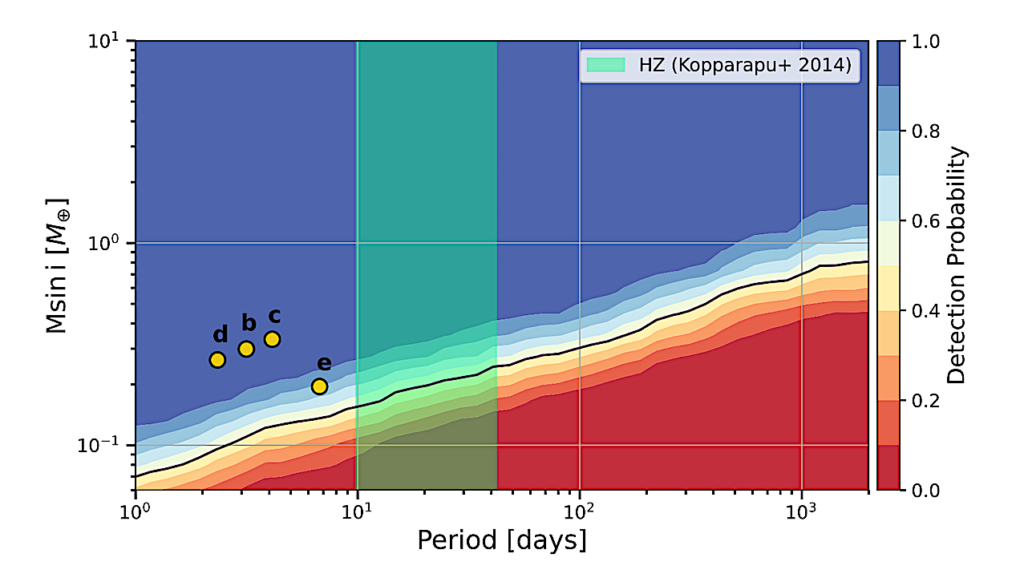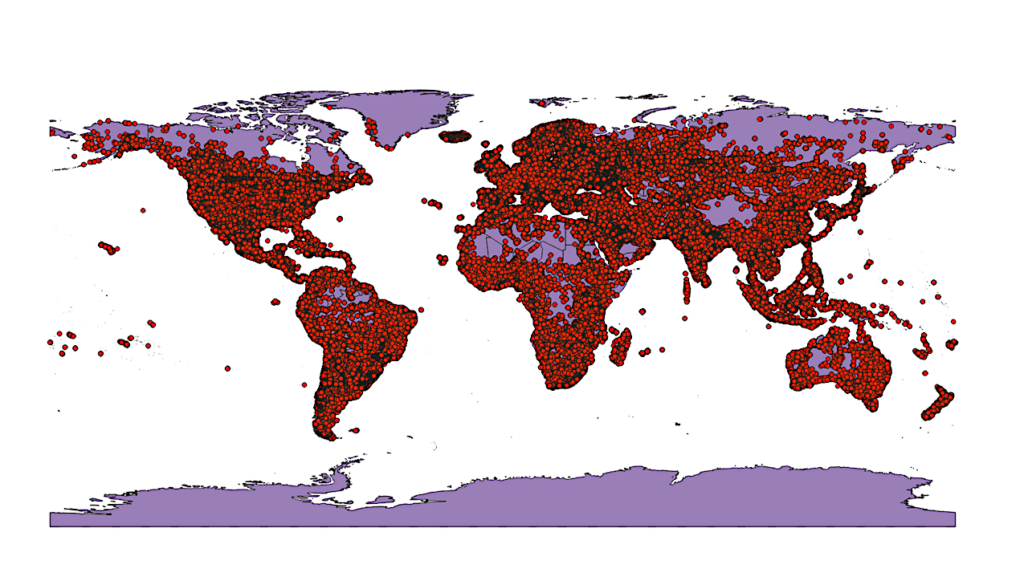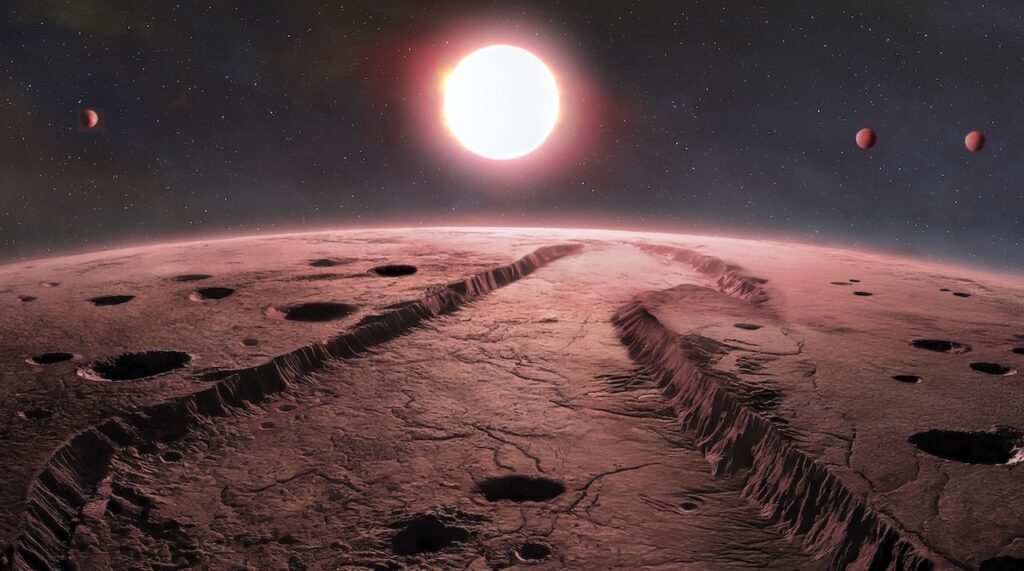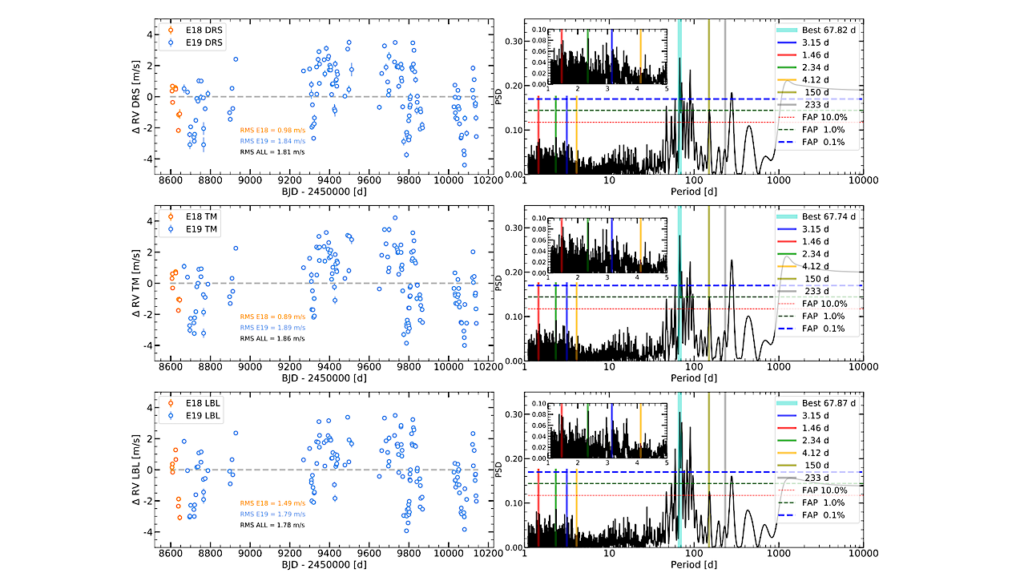Stellar Activity Analysis of Barnard's Star

The search for Earth-like planets around late-type stars using ultra-stable spectrographs requires a very precise characterization of the stellar activity and the magnetic cycle of the star, since these phenomena induce radial velocity (RV) signals that can be misinterpreted as planetary signals.
Among the nearby stars, we have selected Barnard’s Star (GJ 699) to carry out a characterization of these phenomena using a set of spectroscopic data that covers about 14.5 years and comes from seven different spectrographs: HARPS, HARPS-N, CARMENES, HIRES, UVES, APF, and PFS; and a set of photometric data that covers about 15.1 years and comes from four different photometric sources: ASAS, FCAPT-RCT, AAVSO, and SNO. We have measured different chromospheric activity indicators (Hα, Ca~{\sc II}~HK and Na I D), as well as the FWHM of the cross-correlation function computed for a sub-set of the spectroscopic data. The analysis of Generalized Lomb-Scargle periodograms of the time series of different activity indicators reveals that the rotation period of the star is 145 ± 15 days, consistent with the expected rotation period according to the low activity level of the star and previous claims. The upper limit of the predicted activity-induced RV signal corresponding to this rotation period is about 1 m/s. We also find evidence of a long-term cycle of 10 ± 2 years that is consistent with previous estimates of magnetic cycles from photometric time series in other M stars of similar activity levels. The available photometric data of the star also support the detection of both the long-term and the rotation signals.
Stellar activity analysis of Barnard’s Star: Very slow rotation and evidence for long-term activity cycle
B. Toledo-Padrón, J. I. González Hernández, C. Rodríguez-López, A. Suárez Mascareño, R. Rebolo, R. P. Butler, I. Ribas, G. Anglada-Escudé, E. N. Johnson, A. Reiners, J. A. Caballero, A. Quirrenbach, P. J. Amado, V. J. S. Béjar, J. C. Morales, M. Perger, S. V. Jeffers, S. Vogt, J. Teske, S. Shectman, J. Crane, M. Díaz, P. Arriagada, B. Holden, J. Burt, E. Rodríguez, E. Herrero, F. Murgas, E. Pallé, N. Morales, M. J. López-González, E. Díez Alonso, M. Tuomi, M. Kiraga, S. G. Engle, E. F. Guinan, J. B. P. Strachan, F. J. Aceituno, J. Aceituno, V. M. Casanova, S. Martín-Ruiz, D. Montes, J. L. Ortiz, A. Sota, J. Briol, L. Barbieri, I. Cervini, M. Deldem, F. Dubois, F. -J. Hambsch, B. Harris, C. Kotnik, L. Logie, J. Lopez, M. McNeely, Y. Ogmen, L. Pérez, S. Rau, D. Rodríguez, F. S. Urquijo, S. Vanaverbeke
(Submitted on 17 Dec 2018)
Comments: 16 pages, 20 figures
Subjects: Solar and Stellar Astrophysics (astro-ph.SR); Earth and Planetary Astrophysics (astro-ph.EP)
Cite as: arXiv:1812.06712 [astro-ph.SR] (or arXiv:1812.06712v1 [astro-ph.SR] for this version)
Submission history
From: Borja Toledo-Padrón
[v1] Mon, 17 Dec 2018 11:36:31 UTC (2,738 KB)
https://arxiv.org/abs/1812.06712
Astrobiology








